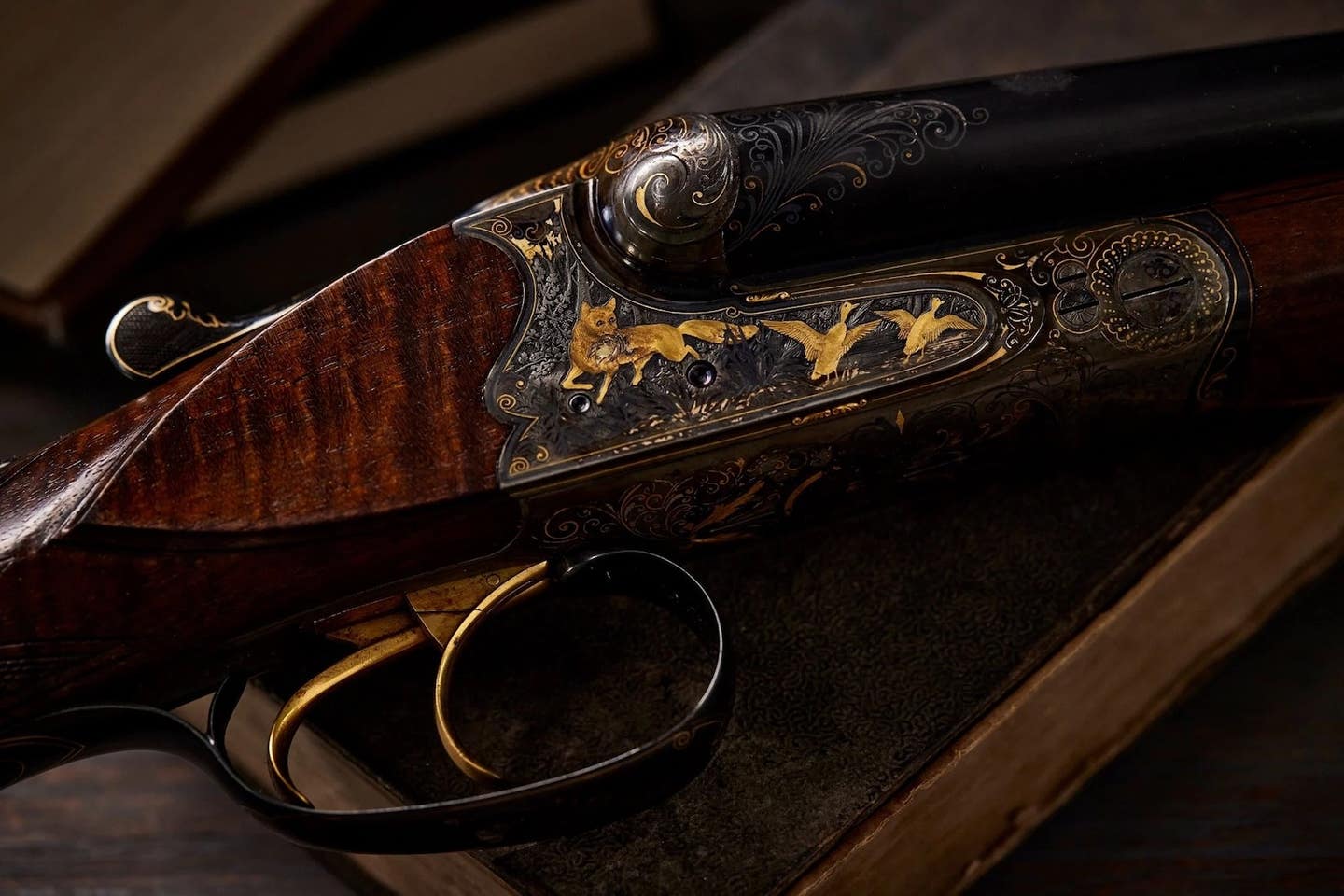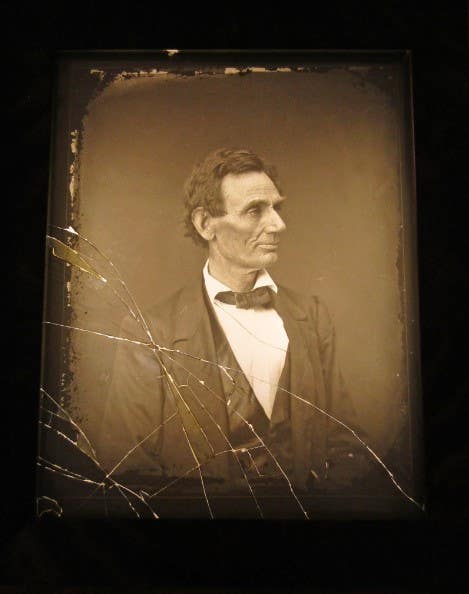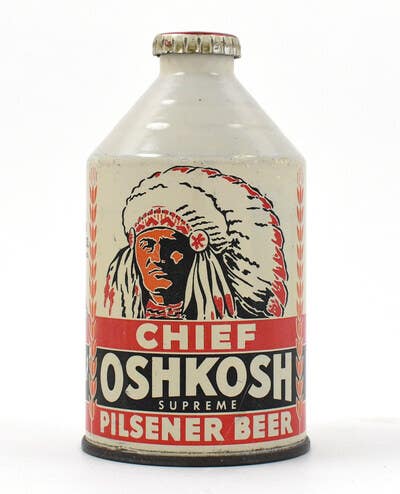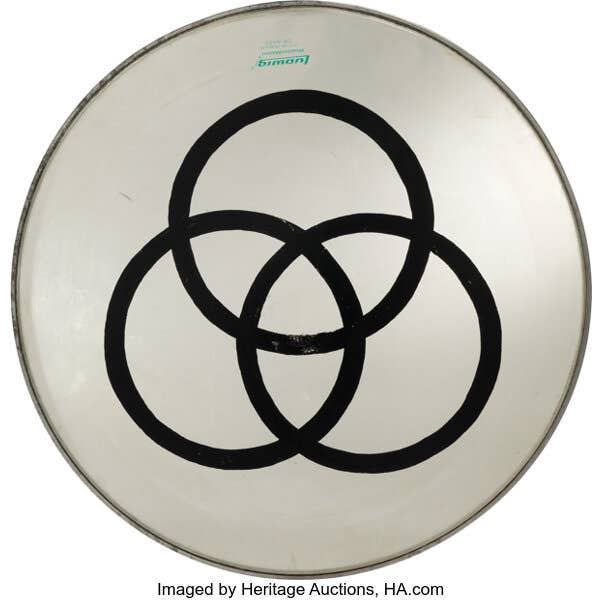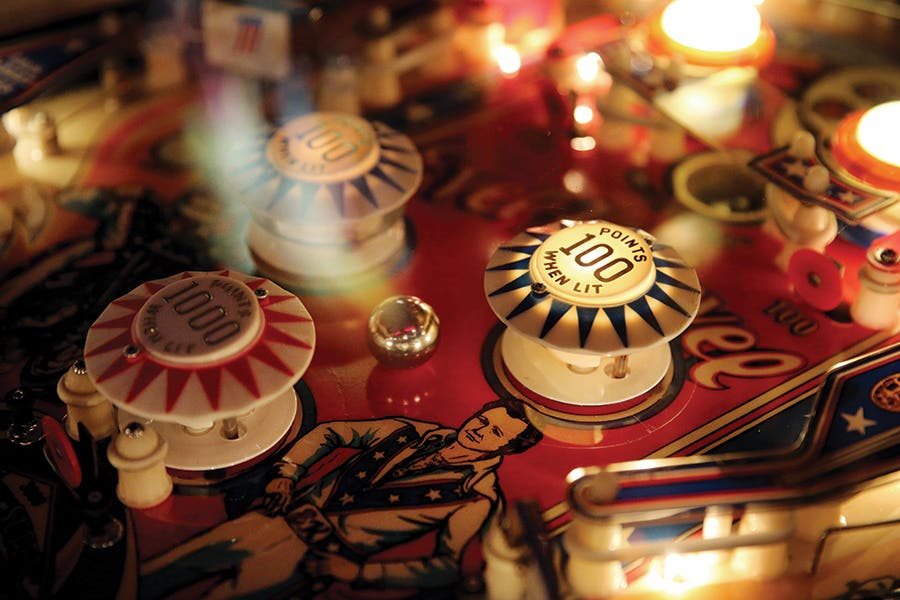A World-Class Carver
Ernest Warther’s hand carvings of steam locomotives a legacy of hobby.
Finding a pocketknife on a dusty dirt road ended up changing Ernest “Mooney” Warther’s life forever.
But a lot went on in his life before he became famous worldwide for his master carvings that trace the history of the steam locomotive.
Warther met the world on October 30, 1885 in Dover, Ohio. Born to Swiss-immigrant parents, Warther didn’t have an easy time of it. When he was only three years old, his father passed away, leaving his mother to keep her young brood of five together by herself. She worked hard, doing washing, ironing and mending for folks, and taking in borders. Warther had to help support the family, so he left second grade to work for local farmers. Charging a penny a day, he would take cows from Dover to rural pastures to graze. It was this occupation that earned him his nickname, “Mooney,” taken from the word “moonay,” which in Swiss means “bull of the herd.” The name stuck so well that only his immediate family ever knew his real name.
It was while on one of his rambles to the meadows that he discovered a pocketknife in the dirt on the dusty road. He took up whittling and carved chains from one piece of wood, canes and pliers. Pliers seemed to hold a fascination with him, and he mastered the technique in carving them, creating about 750,000 pairs in his lifetime. At 14, he put his cow herding behind him and got a job as a scrap bundler at the local steel mill, the American Sheet & Tin Plate Company, where he spent the next 23 years.
As a teenager, Warther became fascinated with the railroad and large-steam engines. This provided the emphasis for his carving that morphed into a serious artistic career. As his skill progressed, Warther realized that the quality of the knives available was inferior, so in 1902, he decided to make his own.
At age 28, Warther began the celebrated work of his life — carving the “history of the steam engine.” To him, his early carved efforts of pliers and canes were mere “whittling,” whereas the steam engines were “carving.” To say Warther was enamored with the steam engine is an understatement. To him, it rated as one of the most magnificent innovations of all time. His locomotive works of art represent the progression of the steam engine in sixty-four carvings.
When he first started carving, Warther pilfered soup bones from his wife’s beef vegetable pot to use as the white trim on the carvings. His first fifteen were of bone and walnut. As he progressed, he worked in ebony or walnut, as well as elephant tusks or ivory billiard balls. In 1923, he was able to purchase ivory legally and secured his ivory in an era when elephants died of old age or disease, and not from a poacher’s gun. For the last ten years of his life, he carved in ivory only. Warther had a love for elephants and his family feels certain he would have gone back to pilfering bones from Frieda’s soup pot for his carvings, if he had lived to see the poaching.
In 1923, The New York Central Railroad got wind of Warther’s carvings and gave him and offer to display his models on a special train. Warther quit his mill job and spent the following six months traveling America, displaying his carvings. Following his countrywide tour, he exhibited his carved models in New York City’s Grand Central Station for the next two and a half years. He served as a docent, highlighting his carving, and created his calling card — souvenir pliers — for the visitors viewing his model trains. With the show’s closing, the railroad offered Warther $50,000 for his carvings, and $5,000 a year for him to continue as a docent. He declined because all he wanted was to return home. Henry Ford made an even more attractive proposition, but again he declined the offer. His explanation for passing on the offers was, “My roof doesn’t leak, I’m not hungry and my wife has all her buttons.” (His wife’s huge collection of buttons is housed at the Warther Museum.)
By 1931, Warther devoted himself to his carvings and made a living displaying them and also crafting and selling knives while touring the country. In 1933, he turned out his most outstanding carving: The Great Northern Locomotive. Although carving his steam engines was the constant, Warther still continued creating knives. Up until 1936, he traveled and displayed his work and that year, he constructed a 12-foot by 16-foot brick building that housed his carvings. It wasn’t until 1963 when his son, Dave, bought a neighbor’s lot, that a larger building was constructed, adjoining the original workshop. This is now the lobby to the Warther Museum.
With the onset of World War II, Warther put his carving on hold, and for the duration of the war, he created Commando knives for locals in the military. He made about 1,100 hand-forged knives and each one was custom, with the serviceman’s name impressed into a brass plate in the cocobolo handle, and came with a sheath made of copper and stainless steel.
In 1953, Warther finished his 54th steam-power train carving: the Union Pacific “Big Boy” locomotive.
At 72, Warther started on his grand masterpiece, “Great Events in American Railroad History.” These carvings included a solid ivory representation of the driving of the golden spike on the transcontinental railroad. He also depicted the great locomotive chase of the Civil War, the Casey Jones locomotive and the first passenger train, the John Bull. His largest project is the eight-foot-long Empire State Express. At age 80, Warther carved one of his best-known works, the Lincoln Funeral Train, in ebony and ivory with-mother-of-pearl accents.
Warther carried on with his Great Events series and continued to carve pliers and was happy to talk steam engines with visitors. He passed away at age 87, leaving the Lady Baltimore locomotive uncompleted. His son, Dave, who has also since passed, stated, “As long as I can remember, Pop always said he wanted to leave a carving unfinished on the workbench. He believed everyone should do something creative and should do it as long as they can.”
The Ernest Warther Museum and Gardens are located at 331 Karl Avenue in Dover, Ohio. For more information and to plan visits, visit thewarthermuseum.com or call 330-505-6003.



